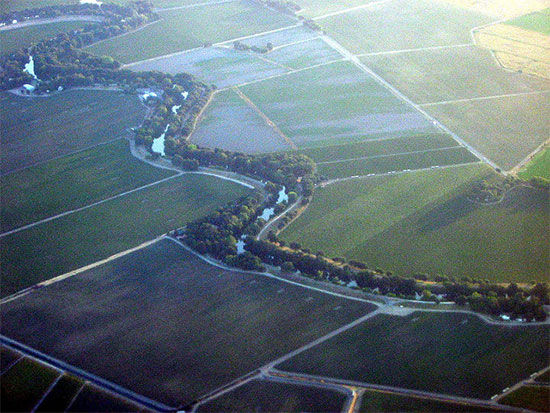Lag-times call for patience in awaiting restoration results
Conservation practices put in place now could take days or even decades to impact water quality.
Cover crops, sediment ponds and streamside trees and shrubs: each of these conservation practices will slow the flow of pollutants into the Chesapeake Bay. But each will take different amounts of time to produce water quality results, according to a panel of experts convened by the Chesapeake Bay Program.

Image courtesy Uncle Kick-Kick/Flickr
In a report released this month, the Bay Program’s Scientific and Technical Advisory Committee (STAC) notes that the impacts of changes in land use and pollution loads into rivers and streams will not always be immediately reflected in changes to water quality. In fact, these so-called “lag-times”—or the stretch of time between the adoption of a conservation practice and the effect of that practice on a particular waterway—could call for patience in awaiting visible results from our restoration work.
Lag times are a natural part of our environment: as rainwater soaks into the ground, it can move nitrogen through the soil, and strong storms can pick up sediment and deposit it elsewhere. Because conditions in the Bay are a result of current human activities and a legacy of activities from the past, it makes sense that management actions taken now could take days or even decades to produce positive results. In fact, scientists know that some practices—in particular, those that take place close to rivers and streams—can produce results faster than others.
But according to STAC, this doesn’t mean that we should scale back on watershed restoration. Instead, an understanding of lag-times improves our understanding of how the ecosystem works, and reminds us to be “patiently realistic about the time-scale for observing results.”
Learn more about lag-times and the Chesapeake Bay.

Comments
There are no comments.
Thank you!
Your comment has been received. Before it can be published, the comment will be reviewed by our team to ensure it adheres with our rules of engagement.
Back to recent stories